submitted by Carrie La Jeunesse
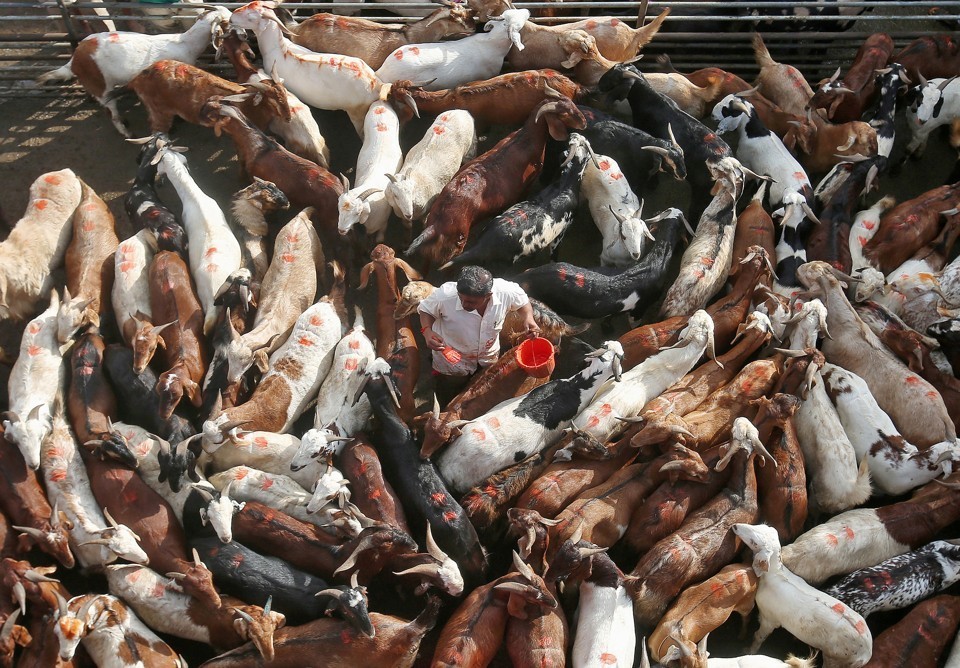
A livestock market in India - Omar Sobhani / Reuters
Large initiatives are underway to pinpoint the next big viral threats—but some virologists believe the task is too hard.
theatlantic.com - by Ed Yong - October 25, 2017
It’s been two years since an epidemic of Zika began in Brazil, three since the largest Ebola outbreak in history erupted in West Africa, eight since a pandemic of H1N1 flu swept the world, and almost a hundred since a different H1N1 flu pandemic killed 50 million people worldwide. Those viruses were all known, but no one knew when or where they’d trigger epidemics. Other diseases, like SARS, MERS, and HIV, emerged out of the blue.
Sick of being perpetually caught off guard, some scientists want to fully catalogue all viral threats, and predict which are likely to cause tomorrow’s outbreaks.
(READ COMPLETE ARTICLE)



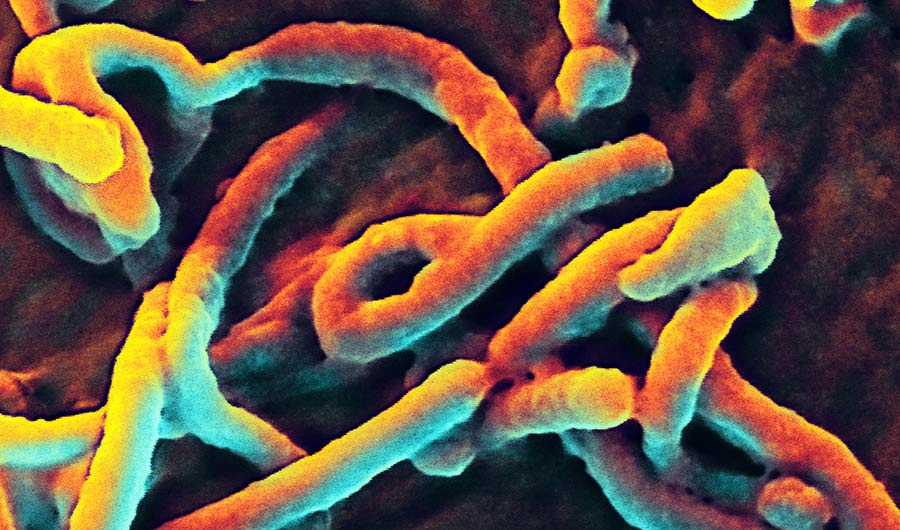


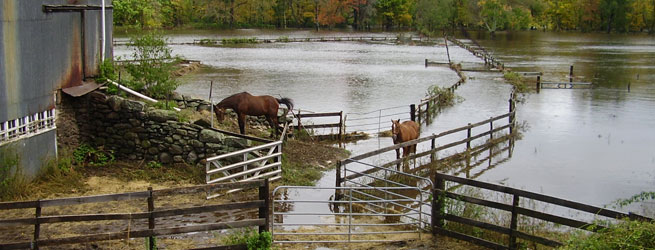
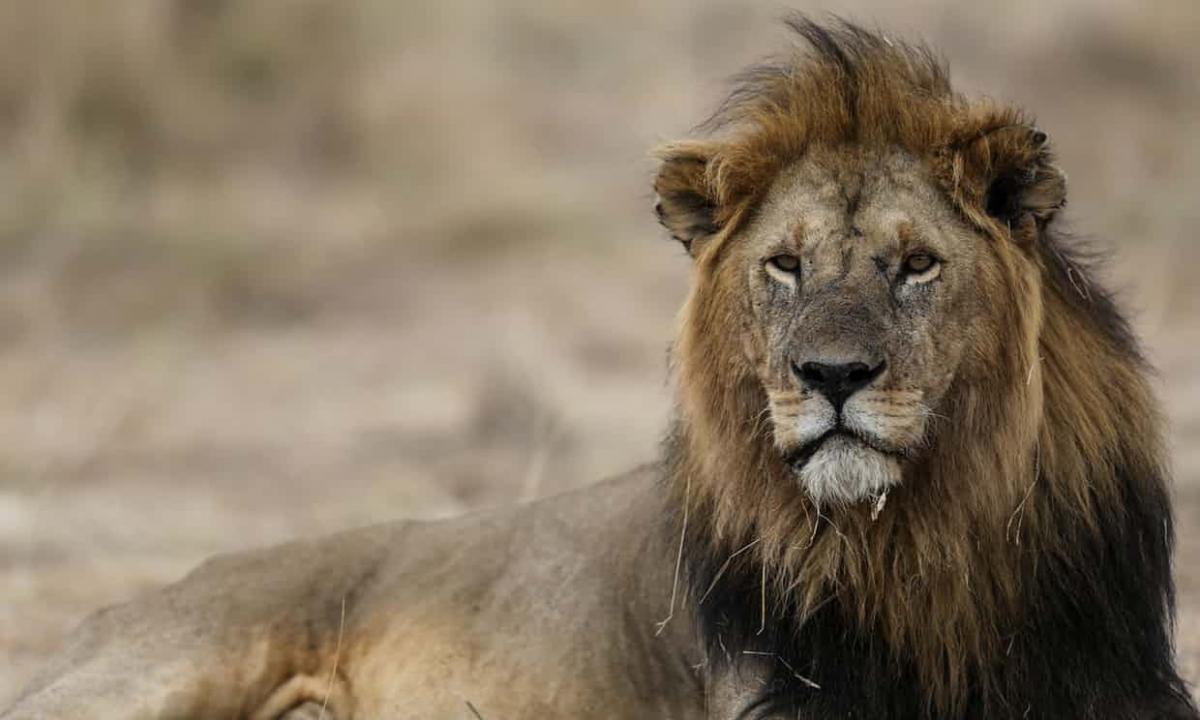
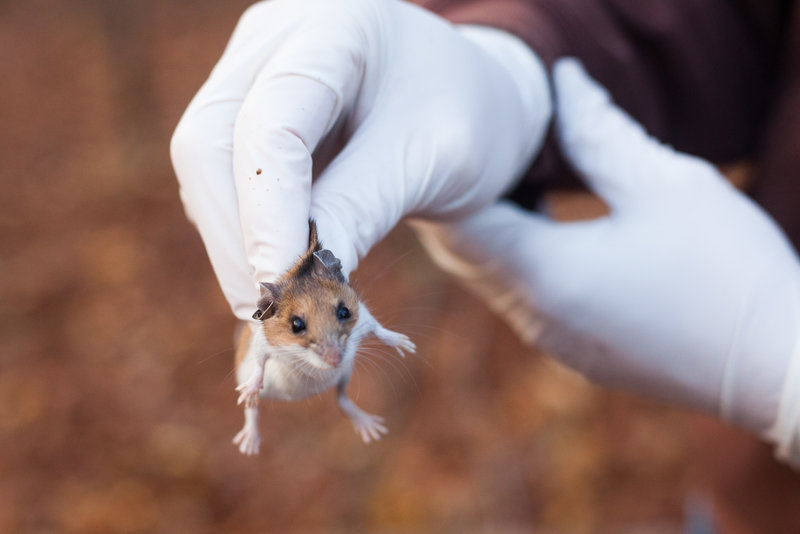
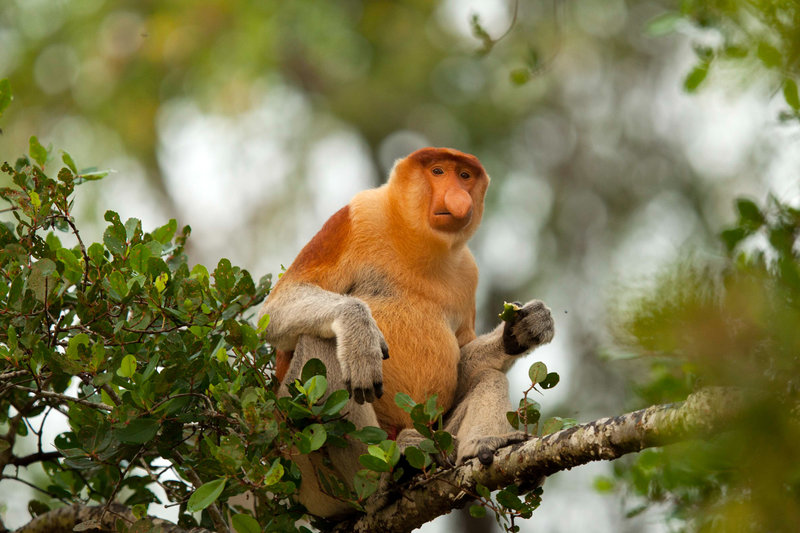
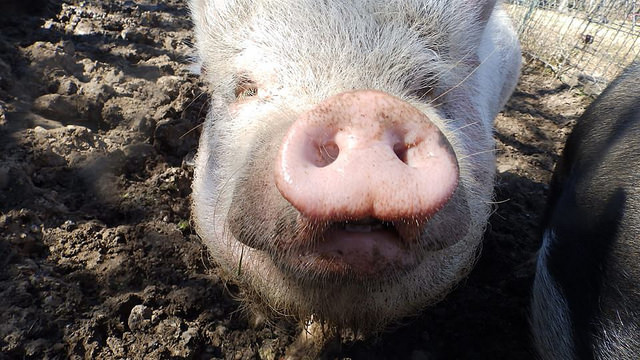
Recent Comments